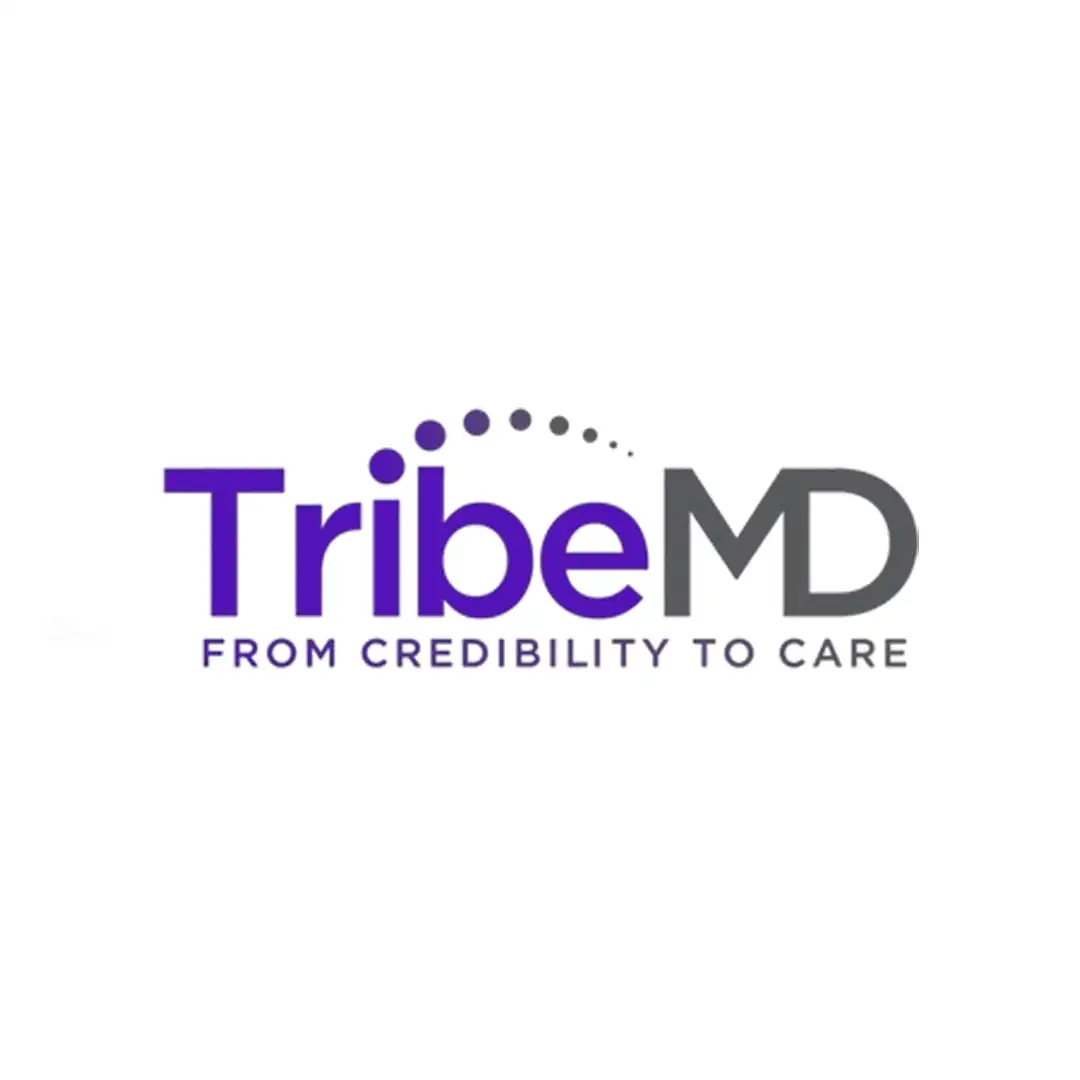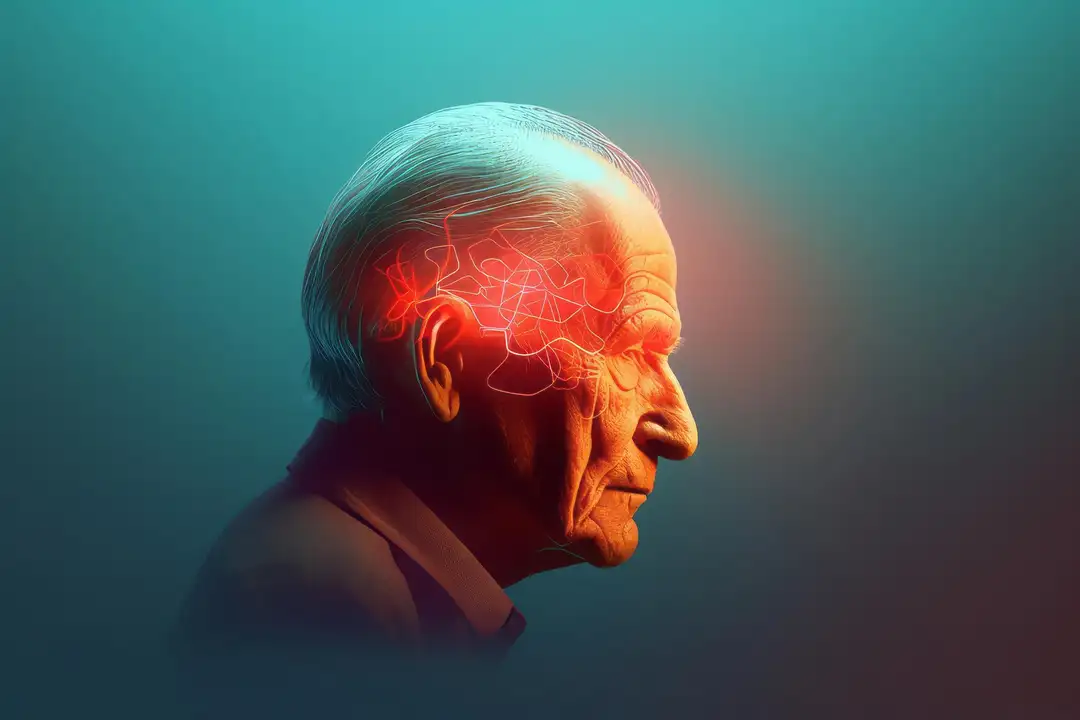
Hypertrophic cardiomyopathy (HCM) is the most common monogenic heart disease, affecting approximately 1 in 500 adults worldwide. It is characterized by unexplained hypertrophy of the left ventricular wall, often involving the basal septum, with histological hallmarks of myocyte disarray, interstitial fibrosis, and small-vessel disease. Patients may be asymptomatic or present with exertional dyspnea, angina, arrhythmias, heart failure, or sudden cardiac death.
Genetics has clarified the disease’s foundation: pathogenic variants in sarcomeric genes, particularly MYBPC3 and MYH7, explain a large proportion of cases. Gene-positive/phenotype-positive patients tend to present earlier and with more severe disease. Modern imaging, particularly echocardiography and cardiac MRI, plays a central role in diagnosis, risk stratification, and follow-up. MRI with late gadolinium enhancement provides additional prognostic information.
Management has evolved substantially. Historically, sudden cardiac death was the predominant cause of mortality in young adults with HCM, but prophylactic implantation of cardioverter-defibrillators (ICDs) has reduced incidence to below 0.5% per year. Today, progressive heart failure represents the main clinical burden. Beta-blockers remain first-line therapy, followed by calcium-channel blockers or disopyramide if symptoms persist. In advanced cases, septal reduction therapy—surgical myectomy or alcohol septal ablation—remains effective, particularly when performed in high-volume centers.
A paradigm shift has come with cardiac myosin inhibitors. Mavacamten and aficamten target sarcomeric hypercontractility, reducing LV outflow tract gradients, wall thickness, and NT-proBNP levels, while improving exercise capacity and quality of life. Phase 3 trials (EXPLORER-HCM for mavacamten; SEQUOIA-HCM for aficamten) demonstrated significant benefits, though transient reductions in left ventricular ejection fraction were observed. Mavacamten is FDA-approved, while aficamten is under regulatory review. Trials are also ongoing in nonobstructive HCM.
Beyond pharmacology, future perspectives include gene therapy approaches (e.g., CRISPR correction of MYH7 variants, replacement of defective MYBPC3), metabolic modulators like ninerafaxstat, and application of artificial intelligence for earlier detection and risk prediction in gene-positive, phenotype-negative patients. These strategies hold promise for reshaping prevention and long-term outcomes.
#HypertrophicCardiomyopathy #MyosinInhibitors #Genetics #Cardiology #NEJM
Editorial note: This content was developed with support from AI technologies to optimize writing and structure. All material was reviewed, validated, and complemented by human experts prior to publication, ensuring scientific accuracy and adherence to editorial best practices.
Sources
- Braunwald E. Hypertrophic cardiomyopathy. N Engl J Med. 2025 Aug 30. doi:10.1056/NEJMra2413445.




